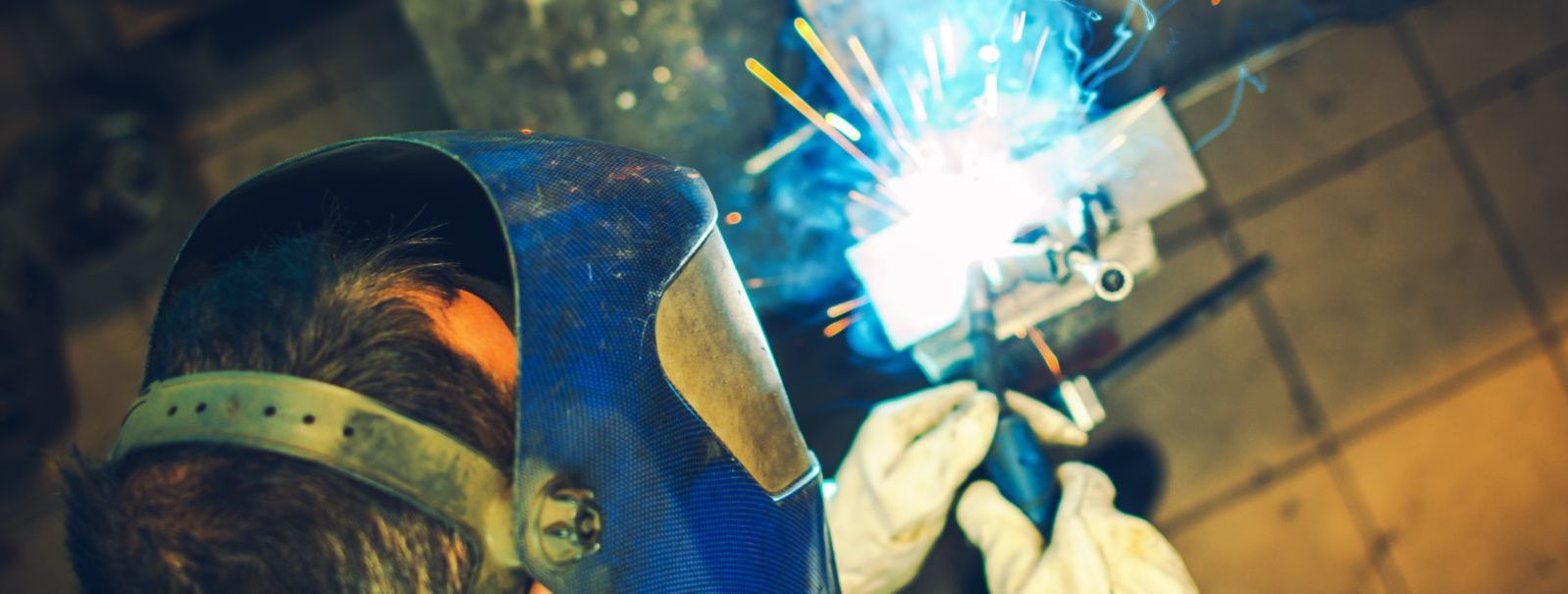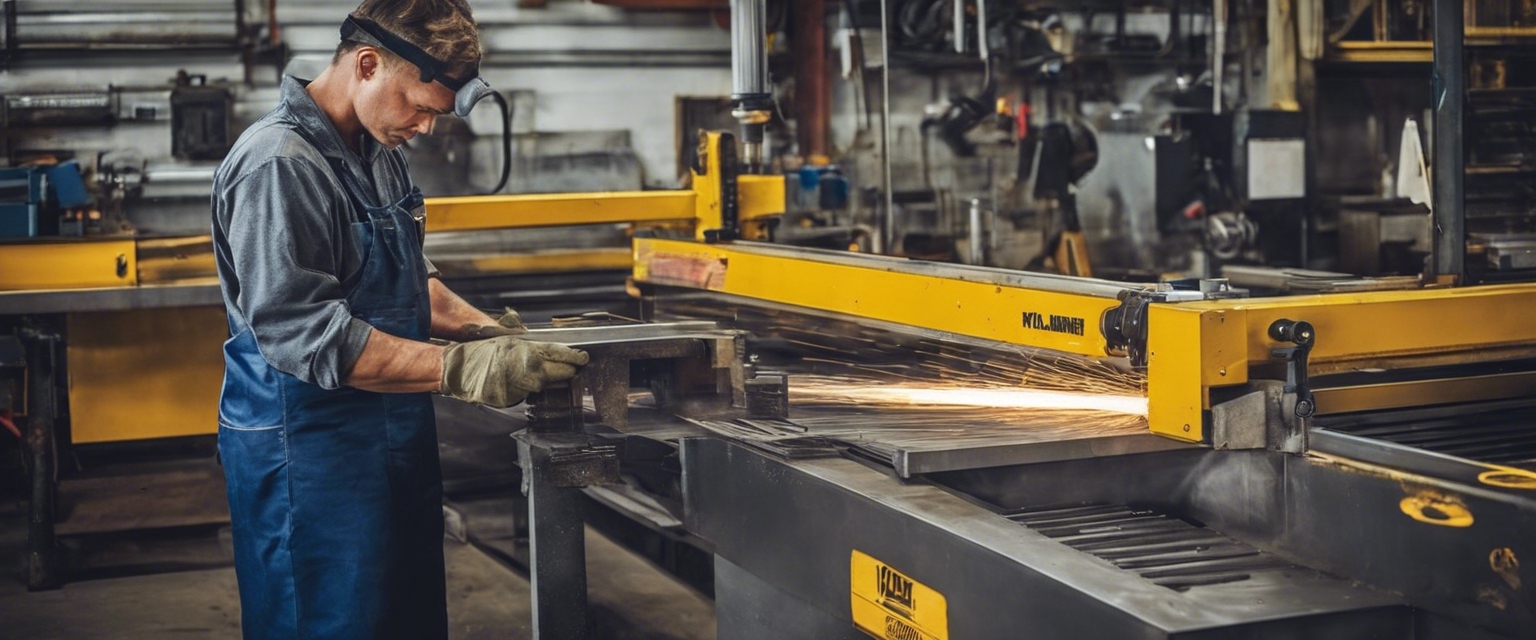The art of tig welding: why it matters for your industrial projects
Tungsten Inert Gas (TIG) welding, also known as Gas Tungsten Arc Welding (GTAW), is a welding process that involves using a non-consumable tungsten electrode to produce the weld. The weld area is protected from atmospheric contamination by an inert shielding gas, typically argon or helium, and a filler metal is often used.
TIG welding is distinct from other welding methods such as Metal Inert Gas (MIG) welding or Stick welding due to its precision and control, which allows for stronger and higher quality welds. It is particularly beneficial for welding thin materials or metals that require meticulous attention to detail.
The Importance of TIG Welding in Industry
The precision and quality of TIG welding make it indispensable for industries where weld integrity is paramount. It is especially suited for critical applications where failure is not an option, such as in aerospace, automotive, and medical device manufacturing.
TIG welding is utilized across a broad range of industries, including food processing, pharmaceuticals, and heavy industry. Its ability to produce clean, precise welds makes it ideal for applications that demand a high level of hygiene and finish, such as in stainless steel piping systems.
Understanding the TIG Welding Process
The TIG welding process requires specific equipment, including a TIG welder, tungsten electrode, shielding gas, and filler material. The choice of materials and equipment can significantly impact the quality and efficiency of the welding process.
A detailed explanation of the TIG welding procedure is provided, from preparing the metal surfaces to be joined, to setting up the equipment, striking the arc, and laying the weld bead. This section emphasizes the importance of precision and control throughout the process.
Advantages of TIG Welding for Industrial Projects
TIG welding is known for producing strong and durable welds that can withstand extreme conditions, making it an excellent choice for high-stress applications.
The clean and precise welds achieved with TIG welding are not only structurally sound but also aesthetically pleasing, which is crucial for visible welds on finished products.
TIG welding is versatile and can be used on a wide variety of metals, including steel, stainless steel, aluminum, and exotic alloys, which is essential for industries that work with diverse materials.
Challenges and Considerations in TIG Welding
The complexity of TIG welding requires a high level of skill and training, which can be a barrier for some companies. However, investing in skilled labor is crucial for achieving the best results.
While TIG welding can be more costly and time-consuming than other methods, the superior quality of the welds often justifies the investment, particularly for specialized industrial applications.
Best Practices for TIG Welding
Proper preparation of the materials and adherence to safety protocols are essential for successful TIG welding. This includes cleaning the base metals, maintaining the equipment, and wearing appropriate protective gear.
Regular maintenance of TIG welding equipment is necessary to ensure consistent performance and to extend the life of the machinery. This section provides tips on routine maintenance tasks.






Comments (0)